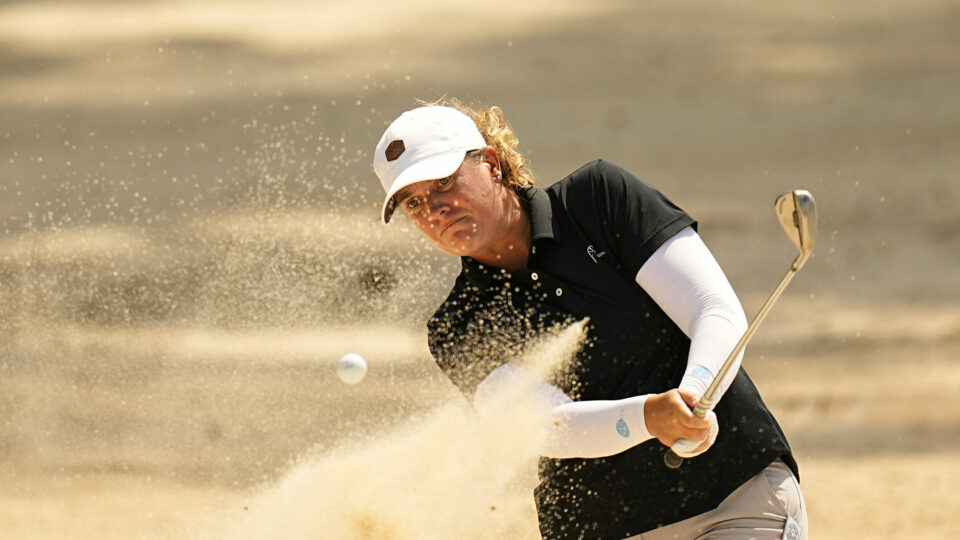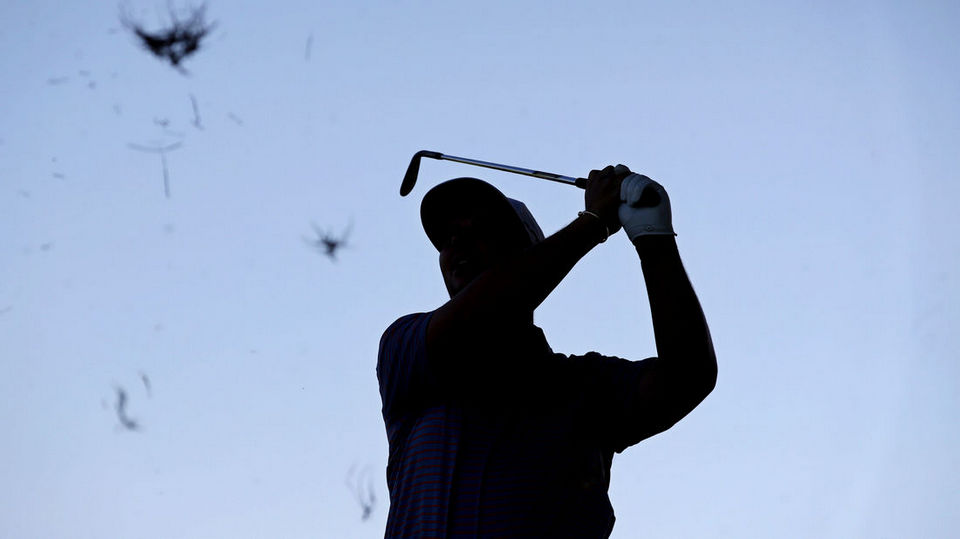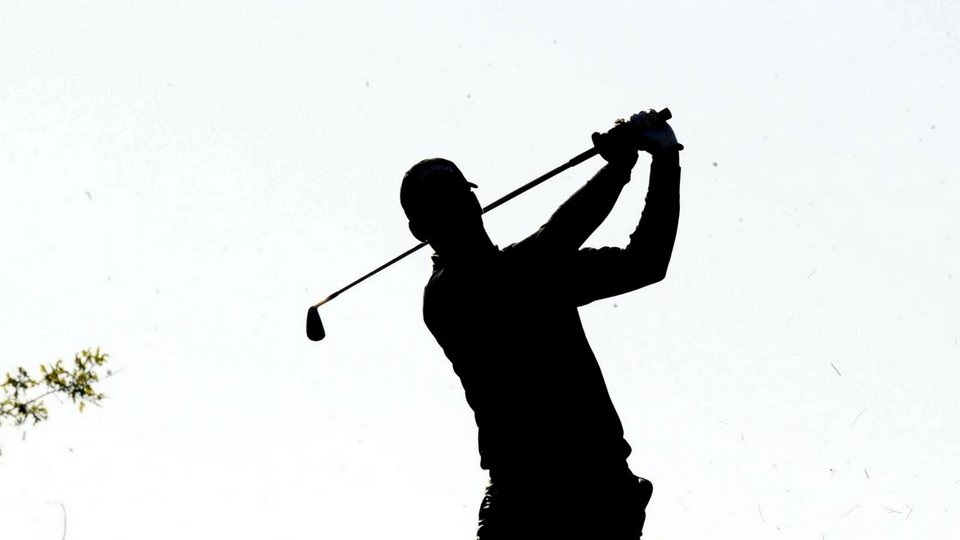Television viewers who call in a rules violation have never cost anyone a golf tournament.
The blame ultimately - always - falls to the player.
Television viewers are not the ones who carelessly and curiously replaced the golf ball in the wrong spot on the putting green (Lexi Thompson). They did not drop the ball in the wrong spot in the fairway (Tiger Woods). They did not move a rock in a hazard while preparing to hit a shot (Paul Azinger). And they did not swat away loose pieces of grass in front of a divot where a ball was about to roll (Camilo Villegas).
The list is long.
And it only figures to grow, even with the USGA and R&A issuing a new decision Tuesday that limits - but does not do away with - the use of video evidence.
Decision 34-3/10 did not put armchair rules officials out of business.
That's not a bad thing, no matter how bad it can look.
The new decision essentially discounts video evidence if players could not reasonably be aware of a violation with the naked eye, or when a rules committee believes that players have used reasonable judgment in putting the ball back in play.
The ''naked eye'' might as well be called the Anna Nordqvist exception.
Nordqvist was playing out of a fairway bunker in a U.S. Women's Open playoff last year. A television replay, zoomed in at slow speed, showed her club nick the sand as she began her swing. Nordqvist was given a two-shot penalty. Under the new decision, she would not have received a penalty unless she knew her club hit the sand.
Carl Pettersson might want his name on the decision. He was three shots behind Rory McIlroy and in the final group of the 2012 PGA Championship at Kiawah Island. Playing from just inside the hazard line on the first hole, a tiny leaf moved as Pettersson took the club back. PGA of America officials scrutinized the video and a few holes later told him that par was now a double bogey.
Unfair as it seemed, they still violated a rule (13-4).
Rules officials don't care about the source of the information - caddie, player, someone in the gallery or those watching from home. Once they have evidence, they owe it to every player in the field to act according to the rules.
It's always been that way in golf, and it should remain that way. The game is played over some 400 acres and, as noted in the opening section of the Rules of Golf, it is played for the most part without the supervision of a referee.
That's why players call penalties on themselves, and occasionally on each other. Nothing personal. It's just how the game was meant to be played, and it's how golfers should want it to be played. No one should want to post a score that knowingly includes a violation.
And that's why the new decision might be better than it looks on paper.
If a player has done nothing wrong, there's no penalty. And now, if players don't realize they have done anything wrong and it is only made known to them by enhanced video, there is no penalty.
Why should it matter if they're on television and most of the other players at a tournament are not? Their goal should be to play by the rules, right? And if they get penalized for not knowing the rules, that's their problem. It's surprising that more players don't invest in a one-day rules seminar. This is their livelihoods.
What needs to stop is the perception that TV viewers who call in rules violations are trying to get players disqualified.
One such viewer is Dave Andrews.
He is not a rules expert, but he plays more than 100 rounds a year while splitting time between Florida and New Hampshire.
Andrews was watching in 2011 when Villegas chipped up a slope to the 15th green at Kapalua. As the ball was rolling toward his divot, Villegas swatted away lose pieces of grass and violated Rule 23-1.
Andrews not only knew Villegas couldn't do that, he knew Villegas would be disqualified if he did not include the penalty on the scorecard he signed. Andrews spent the next hour trying to figure who to call, even sending tweets to the PGA Tour and Golf Channel. He was too late. Villegas was disqualified.
Andrews still watches plenty of golf on TV. He occasionally sees what appears to be a violation, but he doesn't call or write.
''I don't think I ever will again,'' he said Tuesday. ''I took some heat. Players, some writers and fans said stuff about me. I didn't take it personally because they don't know me. But there were some offensive comments.''
The USGA and R&A are creating a working group involving main tours to review broader areas involving video evidence. One subject sure to come up is whether the scorecard should be in the books after each round. Fair enough. But it would be a mistake to eliminate TV viewers calling in.
If a mistake was made, it should be fixed.
Perhaps more attention should be paid to how Villegas handled the news that day at Kapalua.
''If somebody called something in,'' he said, ''I probably did something wrong.''



